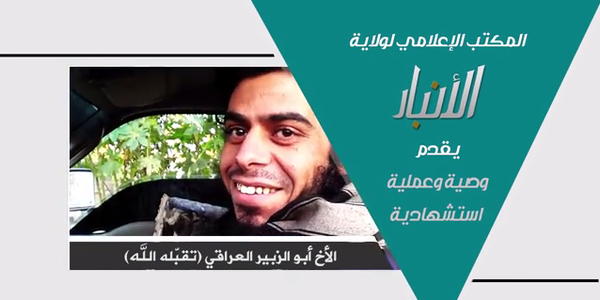
____________
To inquire about a translation for this video message for a fee email: [email protected]
Category: Iraq
New video message from The Islamic State: "Message of 'Abd al-Ḥalīm al-Shīshānī – Wilāyat Ṣalāḥ al-Dīn"
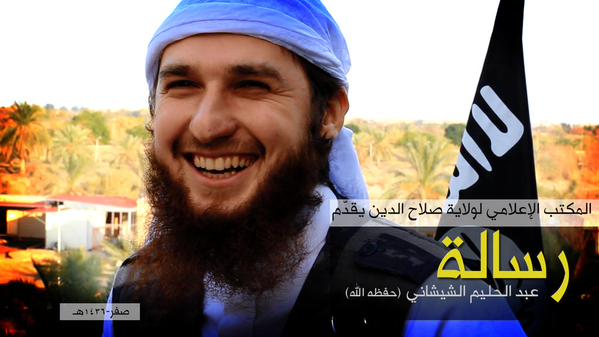
_____________
To inquire about a translation for this video message for a fee email: [email protected]
New video message from The Islamic State: "Tour Through the Market of al-Qā'im – Wilāyat al-Furāt”
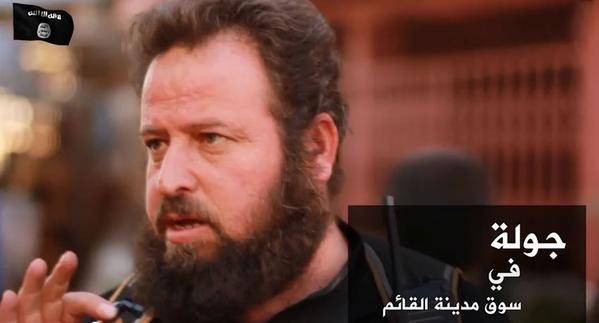
___________
To inquire about a translation for these video messages for a fee email: [email protected]
Check out my new 'Policy Alert' for The Washington Institute: "The Islamic State's Archipelago of Provinces"
![]()
This week, Abu Bakr al-Baghdadi, the leader of the Islamic State of Iraq and al-Sham, released a rare public message in which he declared the creation of several new “provinces” in various Arab countries. It was the first time that he and his organization have acknowledged groups that have pledged baya (religiously binding oath of allegiance) to the so-called “Islamic State” since the announcement of its “Caliphate” six months ago. The audio message offers insight into the group’s expansion model and its plans for exacerbating religious tensions between Sunnis and Shiites beyond Iraq, Syria, and Lebanon. Whether Western governments want to admit it or not, the reality is that the Islamic State has expanded in a non-contiguous manner outside its base and now has authority over satellite groups and small amounts of territory outside Iraq and the Levant.
Click here to read the rest.
New video message from the Islamic State’s Abū Bakr al-Ḥussaynī al-Qurayshī al-Baghdādī: “Although The Disbelievers Dislike It”
The title of this release is in reference to Qur’anic verses 9:32, 40:14, and 61:8.
—
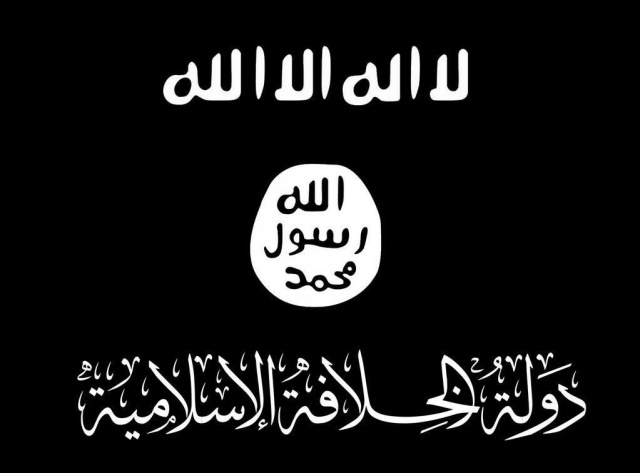
Audio:
Abū Bakr al-Ḥussaynī al-Qurayshī al-Baghdādī: “Although The Disbelievers Dislike It”
English Translation:
Abū Bakr al-Ḥussaynī al-Qurayshī al-Baghdādī — Although The Disbelievers Dislike It (En)
Hizballah Cavalcade: Hizballah al-Abrar: The Latest Hizballah Franchise in Iraq
NOTE: For prior parts in the Hizballah Cavalcade series you can view an archive of it all here.
—
Hizballah al-Abrar: The Latest Hizballah Franchise in Iraq
By Phillip Smyth

Figure 1: Hizballah al-Abrar
Hizballah al-Abrar (HAA or the Party of God of the Righteous) follows in the footsteps of a long line of new Shia militia organizations which have been announced in Iraq since June 2014. These groups often model their symbolism, organizational structures, and ideological profile on Lebanese Hizballah. Additionally, these groups commonly have strong links and at times have shared commanders with other established Shia militia proxies of Iran.
HAA is no exception, utilizing the official logo of Lebanese Hizballah with the addition of a stylized map of Iraq in the globe section of the symbol. The group, mirroring other Iranian proxy Shia groups in Iraq, Lebanon, and Syria, also refers to itself as “al-Muqawama al-Islamiyya fi al-Iraq” (The Islamic Resistance in Iraq). HAA has done little to hide its connections to Asa’ib Ahl al-Haq (AAH). If anything, HAA actually promotes the links. Furthermore, its connections to other organizations promoting Iran’s Khomeinist ideology have been featured in other photos.
HAA’s secretary general, Sheikh Fadhel al-Khaz’ali, has been prominently featured in the group’s propaganda releases and has been used to show the group’s links to Iran’s Iraqi proxy groups. In one photo, Khaz’ali is shown receiving an award from the Imam Khomeini Relief Foundation. In others, Khaz’ali is shown standing under the AAH banner.
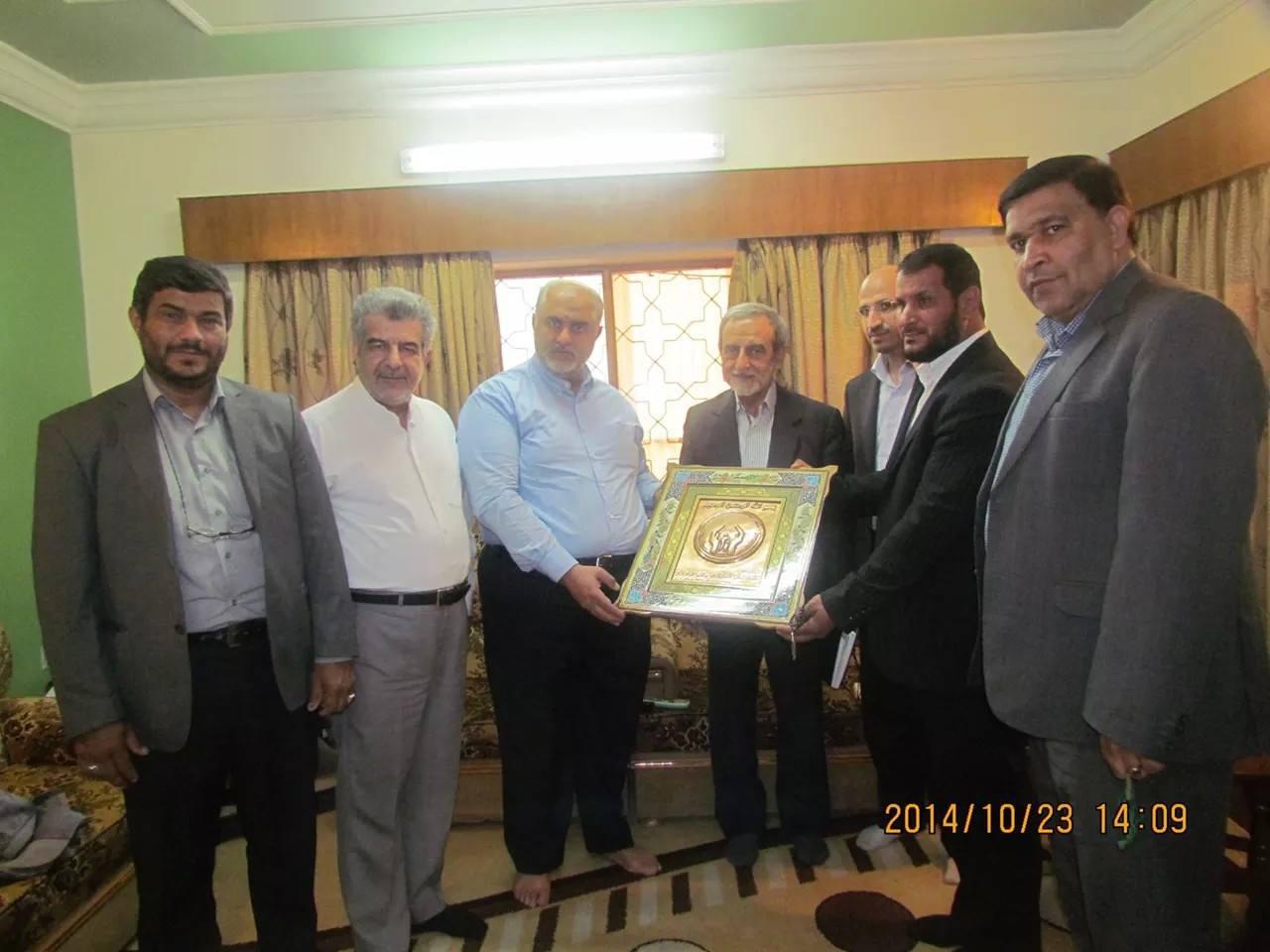
Figure 2: This photo claims to show Sheikh Fadhel al-Khaz’ali recieving an award from the Imam Khomeini Relief Foundation.
Following a social media model which had been replicated by other newer Shia militias in Syria and Iraq, HAA initially published easily created images showing the group’s new symbol. Later, photos claiming to show fighters from the group, a more official looking fighting force, complete with patches, flags, and official statements began to appear after the group’s initial appearance on Facebook in August.
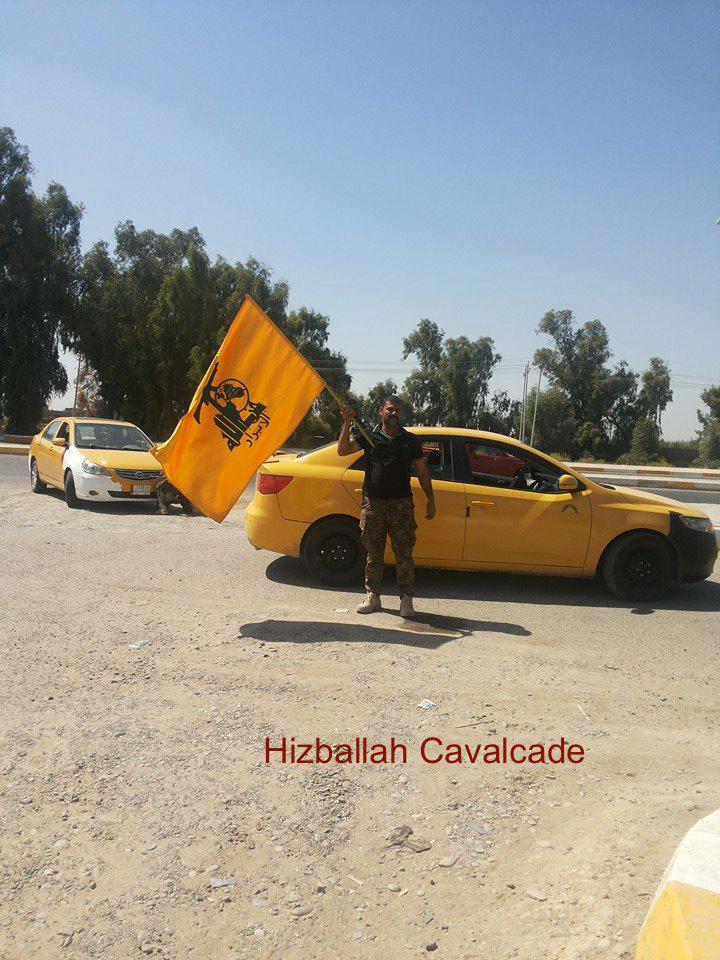
Figure 3: A HAA fighter holding the group’s flag. This picture claimed to show HAA fighters heading to the Battle of Amerli.
In terms of combat deployments, the group has claimed it sent fighters to Amerli, Diyala, Baghdad, and the key battlefront of Jurf al-Sakhr. In a video released on October 28, 2014, HAA combatants waved the group’s flag along with that of Karbala-based Shia militia, Firqat al-‘Abbas al-Qataliya – al-Dafa’ ‘an Muqadisat al-Iraq (The Abbas Fighting Group – Defenders of the Iraqi Holy Sites) in what appeared to be an impromptu celebration commemorating recent victories in Jurf al-Sakhr.
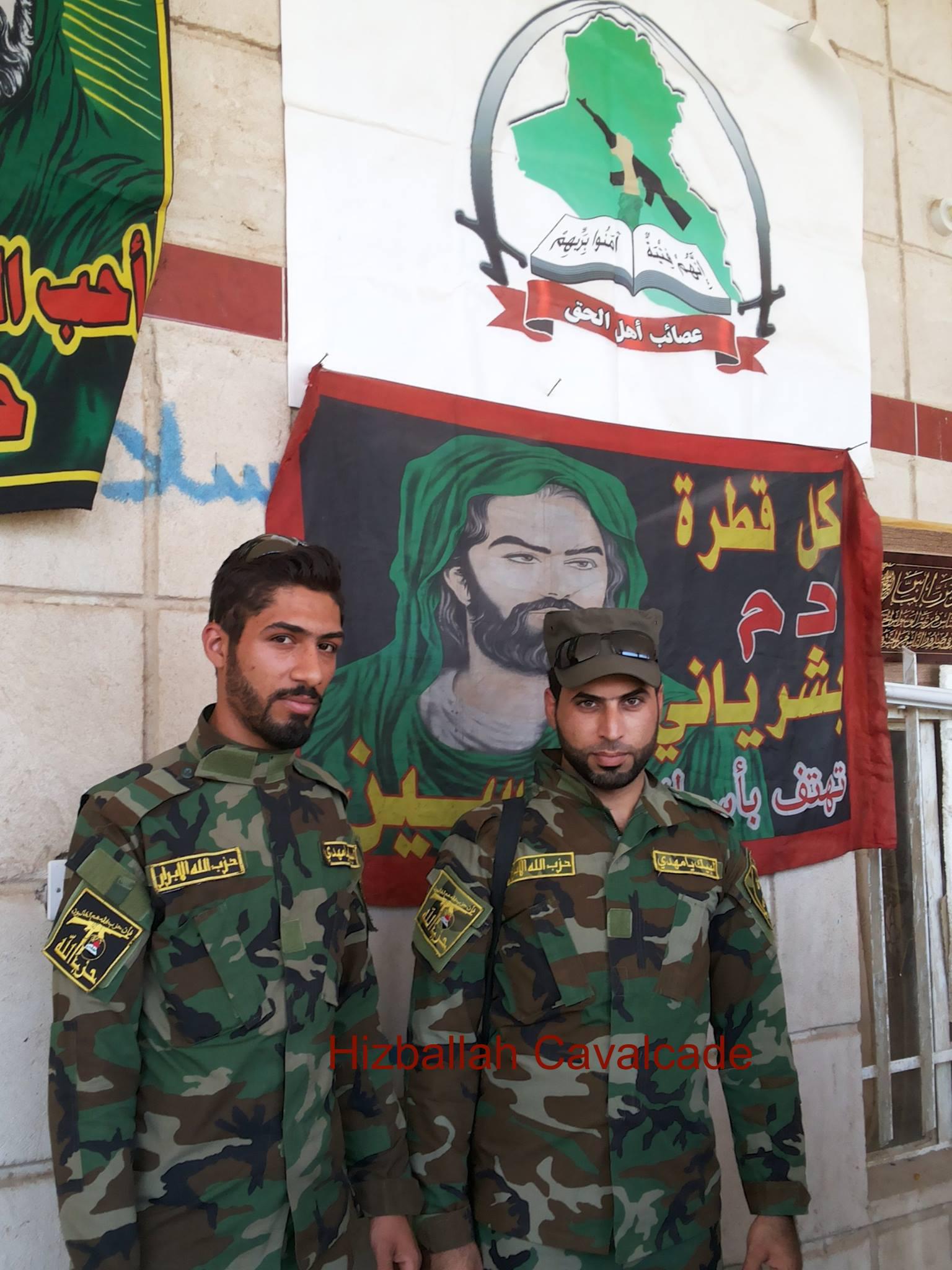
Figure 4: Two HAA fighters, Yasir al-Khazarji and Amir Sa’adi pose together under AAH and Shia religious banners. Note the HAA-specific arm patches.
Despite the fact that HAA has claimed to be positioned across diverse sections of Iraq, it has not stated the size of its force. Furthermore, the group’s quickly paced attempt to appear more professional online may demonstrate that the group will be further developed within Iraq’s Shia militia and political sphere. In fact, Sheikh al-Khaz’ali was pictured in an undated photograph with former Iraqi Prime Minister Nouri al-Maliki and other leaders from Iraq’s internal security forces and army.
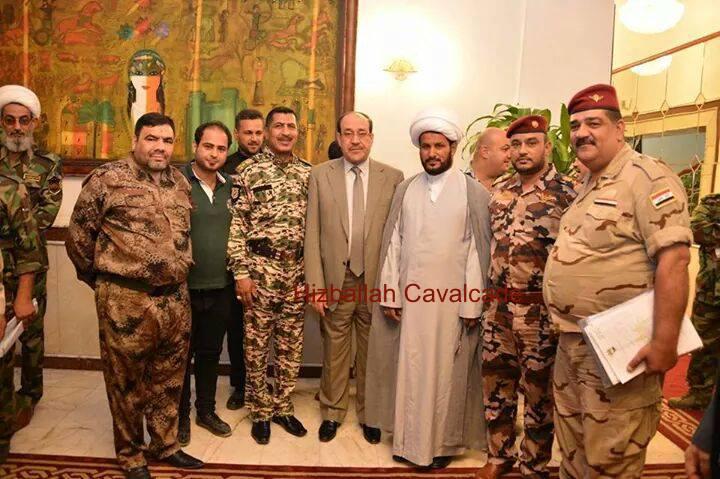
Figure 5(Right): Sheikh Khaz’ali is shown with a stylized Hizballah and Iraqi national flag.
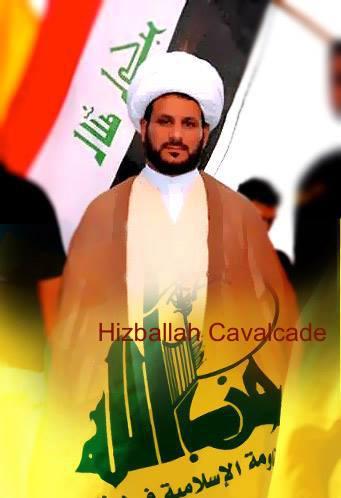
Figure 6 (Left): Sheikh Fadhel al-Khaz’ali poses with former Iraqi Prime Minister Nouri al-Maliki and others.
Thus far, the group has released a number of official statements. Below, a translated version of one statement dealing with “rumors” about ISIS penetrations of Baghdad, gives insight into the group’s worldview, including their anti-U.S. positions and opinions on fighting ISIS.

Figure 7: HAA fighters gather for a photograph.
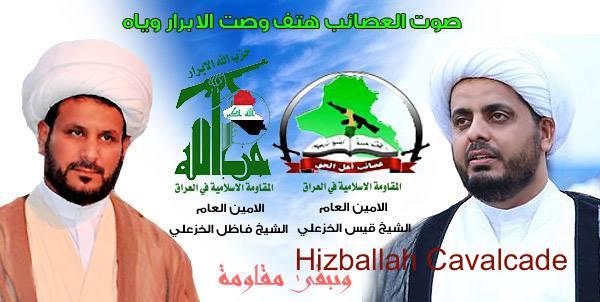
Figure 8: AAH and HAA leaders are pictured together.
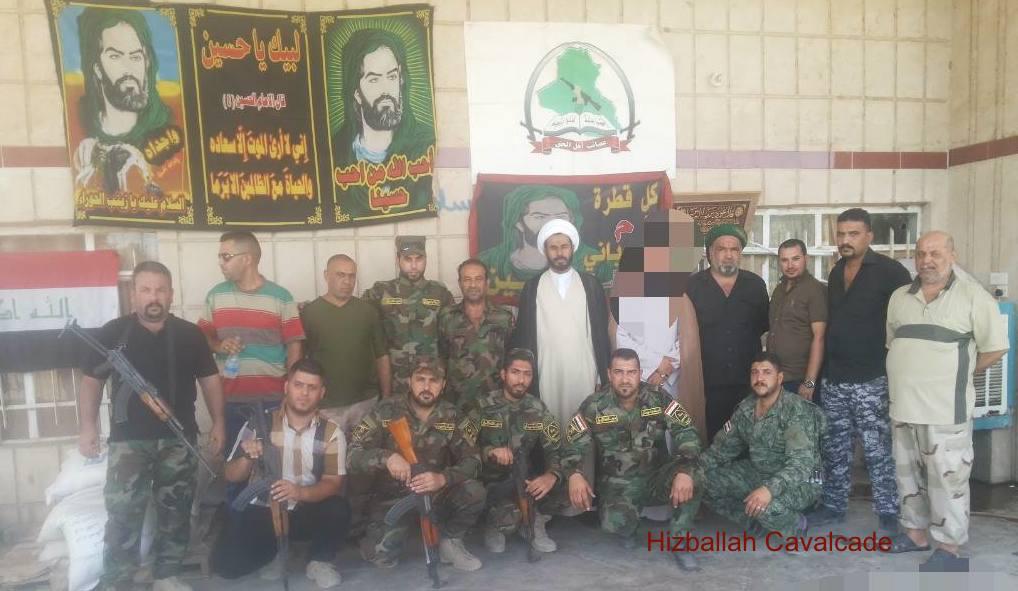
Figure 9: HAA central leadership and combatants pose under Shia religious and an AAH banner.
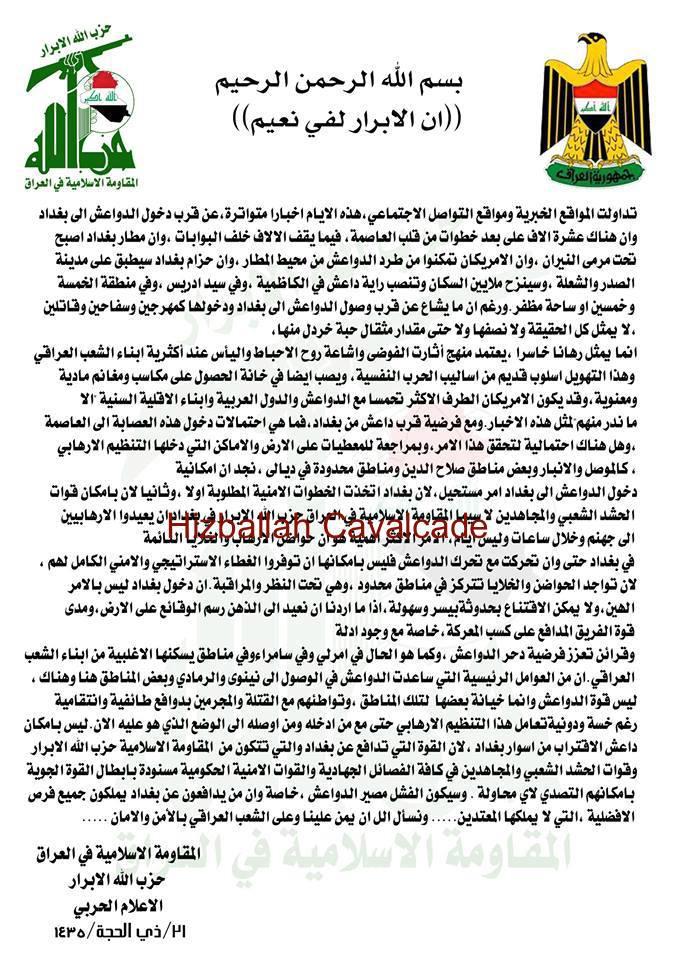
Figure 10: HAA announcement released on social media on October 18, 2014.
Translation of HAA’s October 18, 2014 Announcement*:
There are rumors on social media websites that ISIS is close to entering Baghdad and that there are tens of thousands [of ISIS fighters] steps away from the heart of the capital, while thousands of others are standing behind the gates. Rumors about Baghdad Airport being under fire, that the Americans were able to kick ISIS groups out from the outskirts of the airport, rumors that the belt of Baghdad will close up on the Sadr City and Al-Shu’ala, rumors that millions of residents will become refugees, and that the flag of ISIS will be set up in Khazimiya, in Sayyid Idris [an important Shia shrine south of Najaf] and in the area of Khamsa [a Baghdad neighborhood], Khamsin, or in Muzzafar Square [a central square in Sadr City]. Despite all of these rumors, the clowns, murderers, and killers from ISIS are not close to entering Baghdad. None of them [the rumors] represents a grain of truth.
These [rumors] represent a lost bet that aims to spread chaos, frustration, and misery among the majority of the Iraqi people. This fear mongering is an old method of psychological warfare, it also serves to allow certain material and symbolic games. Regarding the theory of ISIS closing up on Baghdad, the Americans might be the party that is the most excited along with ISIS, Arab countries, and members of the Sunni minority. What are the possibilities this gang will enter the capital and is there a possibility to achieve this?
By reviewing ground data in places where the terrorist organization has entered, such as Mosul, Anbar, some regions of Salah Ad-Din [province], and limited regions of Diyala, we find that it is impossible for ISIS to enter Baghdad, because Baghdad has taken the necessary security steps. Second, because the forces of the popular [militias] and jihadists groups, especially the Islamic Resistance in Iraq Hizballah al-Abrar in Baghdad, can send the terrorists back to hell within hours not days. The most important thing is that those who foster terror and sleeper cells in Baghdad, even if they move along with ISIS’s movement, will not be able to offer full strategic and security coverage for them, because those who foster these cells are based in limited areas which are under surveillance and observation.
Entering Baghdad is not easy and there is no way to be convinced that it will happen quickly and easily. Especially if we want to keep in mind all of the facts on the ground and take into consideration the strength of the defending group, especially since there is proof that crushing ISIS is a likelihood. As is the case in Amerli, Samarra, and areas inhabited by most of the Iraqi people, the main factors which helped ISIS to reach Nineveh [Province] and Ramadi and some regions here and there, is not the strength of ISIS but because of [their sneaky behavior] betrayal. They are betraying these regions by conspiring with murderers and criminals under sectarian and vengeful pretexts. ISIS cannot come close to the walls of Baghdad because the forces which are defending Baghdad and consisting of Hizballah al-Abrar, the forces of the popular movements, and the holy warriors in all jihadist cells, along with governmental and security forces, supported by the heroes of Iraqi Air Force, can confront any attempt to take Baghdad. The fate of ISIS will be failure, especially because the defenders of Baghdad have more privileges than the attackers…we ask God to protect us and the Iraqi people.
* Some sections have been edited so there is better flow in English. Additionally, ISIS is referred to as “Da’ish” in the original statement.
Hizballah Cavalcade: The Shia Militant Response to Ayatollah Nimr al-Nimr’s Death Sentence
NOTE: For prior parts in the Hizballah Cavalcade series you can view an archive of it all here.
—
The Shia Militant Response to Ayatollah Nimr al-Nimr’s Death Sentence
By Phillip Smyth
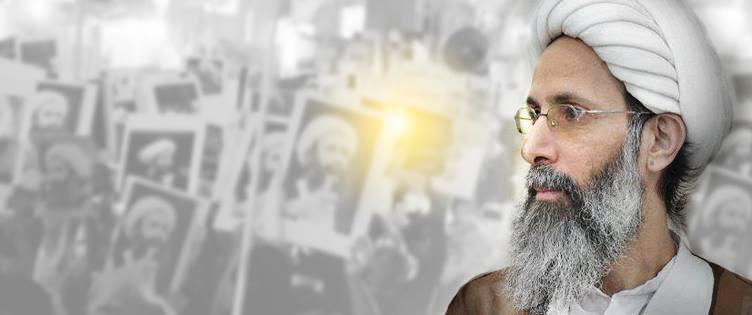
Ayatollah Sheikh Nimr Baqr al-Nimr, an outspoken radical Saudi Arabian Shia cleric, has been the center of controversy and brewing conflict between Shia protesters, militant Shia groups of Saudi Arabia and Bahrain, and their respective Sunni governments. According to a 2012 article by Toby Matthiesen, al-Nimr was, “long a peripheral figure in the local Shia power struggle but now seems to have become the most popular Saudi Shia cleric among local youth.”1 His cause and image is spreading across the Middle East as the latest example of Sunni oppression of Shia in the region and his recent death sentence has become a potent rallying cry for regional Shia militant organizations, particularly those with links to Iran.
Arrested in 2012, Nimr was accused by the Saudi government’s Special Criminal Court of making sectarian statements to cause strife, inviting foreign intervention (shorthand for Iranian influence), and disobeying the king. Following his 2012 arrest, thousands took to the streets and Saudi police shot and killed two protesters.2 In mid-October 2014, Nimr was sentenced to be “crucified”, a process where the sheikh will be beheaded and his body displayed.3
Protests in Saudi began in early 2011 and in part addressed anti-Shia discrimination suffered by the group in the Shia majority area in Saudi Arabia’s oil-rich Eastern Province; primarily zones around the Shia-majority towns and villages near the city of Qatif.4 Following the 2011 Saudi intervention in Bahrain, protests against the Saudi government increased in Bahrain and Saudi Arabia among Shia protesters.5 Following the 2011-2012 protests, links between Bahrain’s and Saudi Arabia’s protest movement spilled over into the more militant circles which actively promoted Nimr’s defiant stance and a hope to combine their fronts against common foes.
Of further interest are Nimr’s own ideological leanings and how they may relate to Shia militant responses. In Frederic Wehrey’s Sectarian Politics in the Gulf, the sheikh is described as a follower of the late Ayatollah Muhammad al-Shirazi.6 Shirazi was one of the founders of a radical Shia political school of thought referred to as the “Shiraziyya.” Shiraziyya clerics have been some of the most influential in the Arab Shia world. Initially al-Shirazi agreed with the Islamic revolutionary ideology of Ayatollah Khomeini, only to split from Khomeini over issues regarding how the new Islamic state (in Iran post 1979 revolution) should be led.7 In one BBC Arabic report, Nimr had been accused by Riyadh of attempting to spread Wilayat al-Faqih.8 Absolute Wilayat al-Faqih is the Khomeinist concept that serves as the basis for the Islamic Republic of Iran. Nevertheless, it was not clarified whether this was the type of Wilayat al-Faqih Nimr was accused of propagating.
Despite the history of strife between Shirazi’s school of thought and that of Ayatollahs Khomeini and Khamenei, al-Nimr appeared to increase public support for Tehran and send other more mixed messages. In 2008, he had also reportedly stated he supported Iran’s nuclear program by saying any attack against it should be met by a response from the Islamic world. That same year, he also said that Saudi Shia may need to call on foreign support (implying Iran) to help press their issues in Saudi Arabia.9 Later in 2009, Nimr reportedly called for secession, stating during a sermon, “Our dignity is more precious than the unity of this land.”10 His statement came as a response to discrimination against Shia in the kingdom and reflected possible repercussions if certain demands made by Shia protesters were not addressed.
Since 2013, in a piecemeal fashion, social media accounts associated with Iranian proxy groups in Iraq have promoted the images and other supportive statements for Ayatollah Nimr al-Nimr.11 While this does not necessitate that Nimr is a true ally or proxy of Tehran, his message and influence is likely seen by Iran as a cause to be promoted in that country’s wider struggle for the leadership of Shia Islam and as a counter to Saudi Arabia.
Nimr’s deep links and strong voice within the Saudi Shia community, particularly among youthful radicals and other more non-violent protestors, has led to Shia militant groups championing his cause from Bahrain and Iraq. Even in Yemen, Shia supporters of Ansar Allah, more commonly known as the Houthis, even launched demonstrations for the jailed cleric.12 Some Bahraini militant groups, which view the struggle of their coreligionists in a geographically close region of Saudi Arabia, as part and parcel to their conflict with the Khalifa monarchy and their Saudi government supporters. Additionally, powerful Iranian proxy groups based in Iraq—which have also maintained anti-Saudi and anti-Bahraini government narratives—have taken to issuing stern threats against Riyadh for his sentence.
The Violent Replies From Saudi Arabia’s and Bahrain’s Militants
Bahraini militant groups demonstrated the most concerted effort in terms of orchestrating violent retorts to Nimr’s jailing and sentence. While other threats and attacks were conducted since the start of 2014, this piece will focus on more recent threats and attacks beginning in the summer of 2014.
Bahrain’s Saraya al-Mukhtar (SaM), a group which once said the Saudi Shia of the Qatif and the Shia of Bahrain constituted one people with common foes, launched the most attacks over the longest period specifically addressing Ayatollah Nimr al-Nimr’s arrest, trial, and death sentence.
Starting in August, SaM attacked an electricity tower in Ar-Rifā near a Bahraini military base. The group filmed the attack and stated it had been a warning related to the imprisonment and trial of Ayatollah Nimr al-Nimr. Around the same time, SaM also began an online countdown for the Nimr verdict and increased their threats against Saudi Arabia. The group also ratcheted up it’s pro-Nimr messaging with the release of numerous images.
This messaging coincided with Saraya al-Mukhtar making its first direct threat against U.S. military personnel in Bahrain on August 11. Through an image posted to Facebook, SaM stated that, “The American cover on al-Saud and Al_Khalifa crimes,,Marines in bahrain will pay the price. [sic]” The message essentially claimed that the U.S. was the real backer for the Khalifa and Saud monarchies. As a result, they bore equal responsibility and could be targeted.
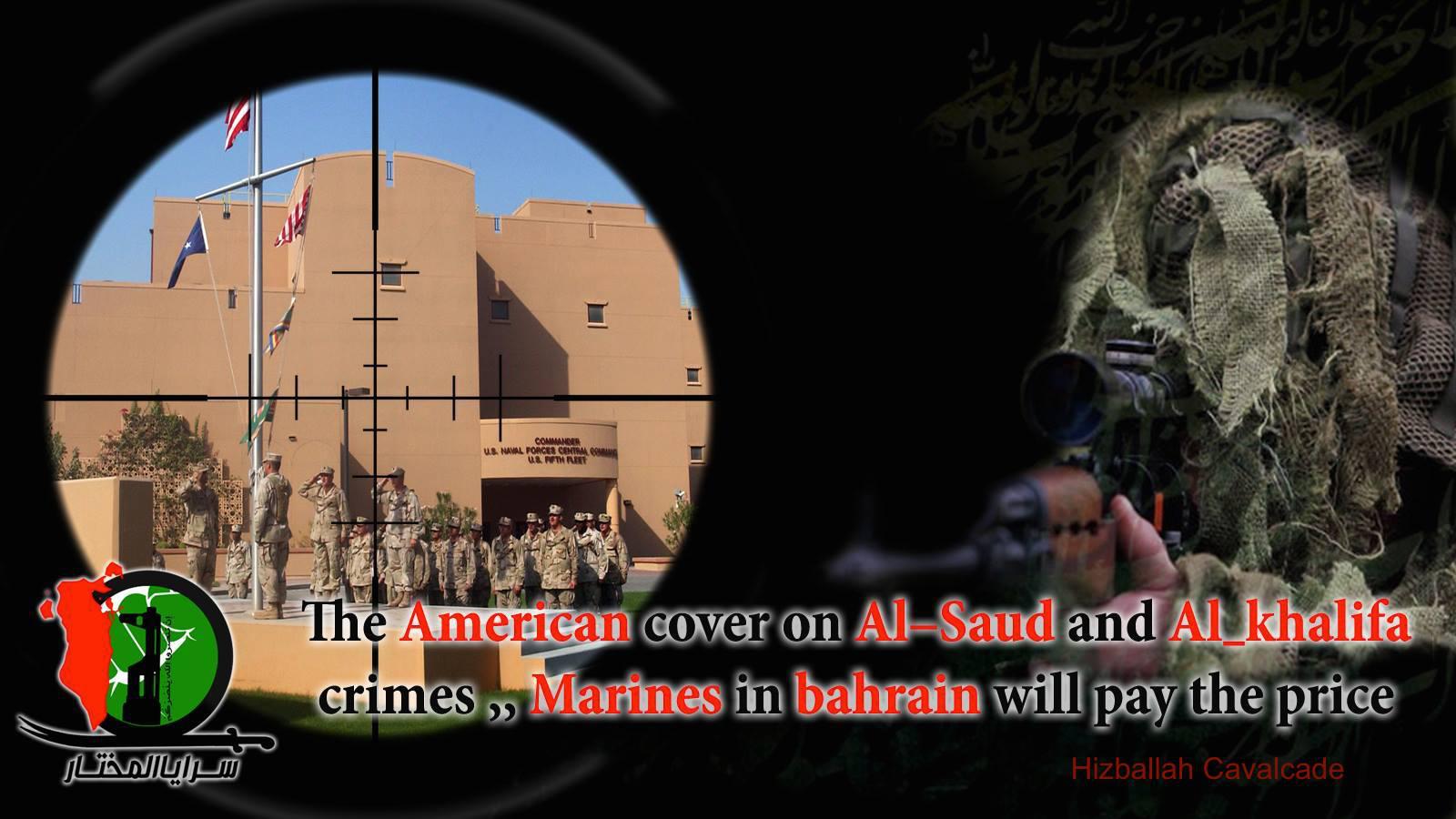
Figure 1: Saraya al-Mukhtar’s anti-American message posted on August 11, 2014.
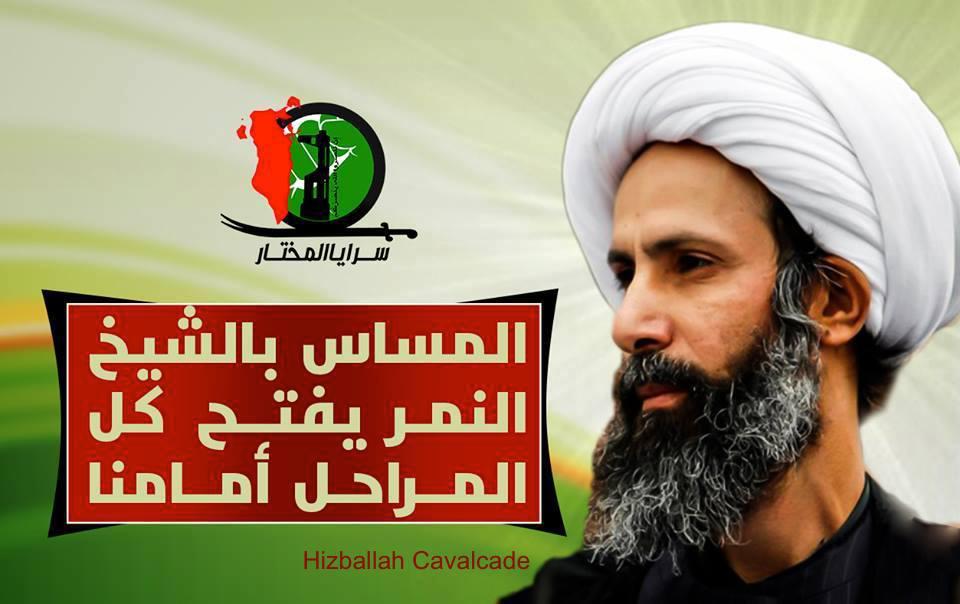
Figure 2: A Saraya al-Mukhtar photo for Ayatollah Nimr al-Nimr posted on August 8, 2014. The poster reads: “Sheikh Nimr[‘s trial and poor treatment] will make us put all options on the table.”
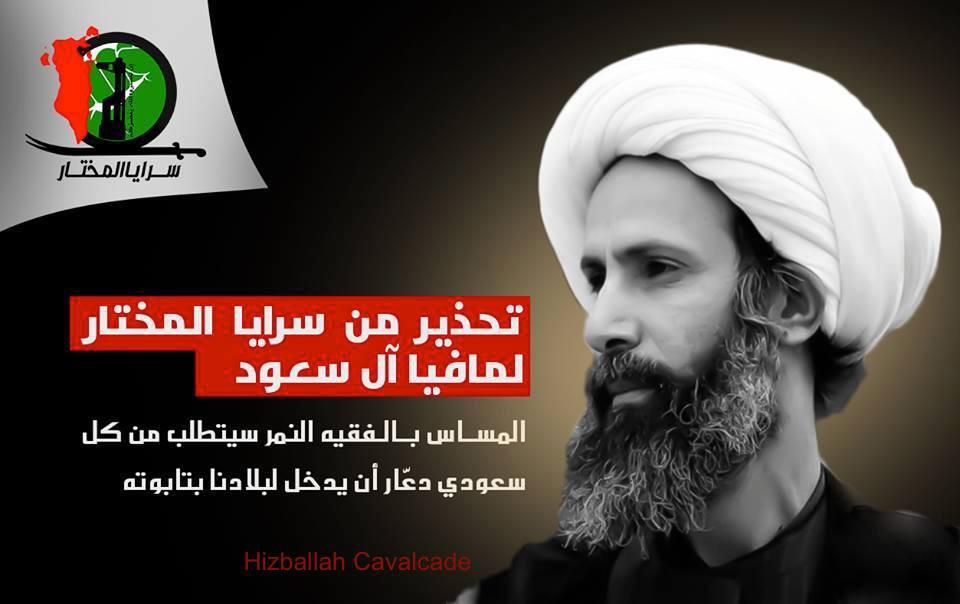
Figure 3: A Saraya al-Mukhtar photo posted on August 10, 2014. This poster reads: [in the red box] “A warning from Saraya al-Mukhtar to the mafia of the Sauds [in white text] Harming Sheikh Nimr will make us put all options [on the table]. Harming the Faqih Nimr means every single Saudi national will enter our country in a coffin.”
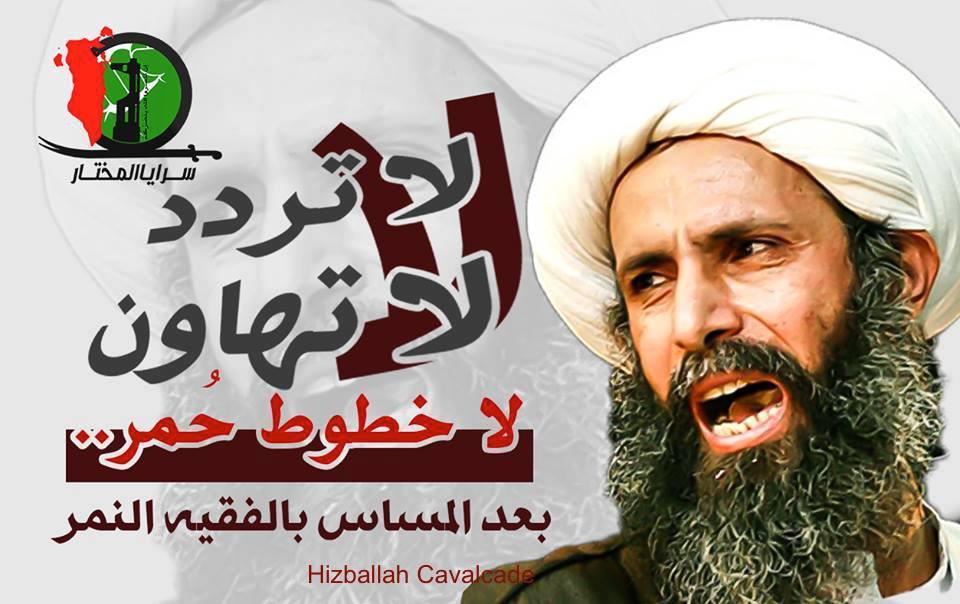
Figure 4: A Saraya al-Mukhtar photo for Ayatollah Nimr al-Nimr posted on August 11, 2014. The poster reads: “Do not hesitate, Do not underestimate, No red lines.. after [the] discrimination [against] the Faqih al-Nimr.”
On September 16, SaM announced it had planted 6 explosive devices in retaliation for al-Nimr’s incarceration. Albeit, these bombs did not target U.S. interests and there was little confirmation as to whether any devices were actually planted.
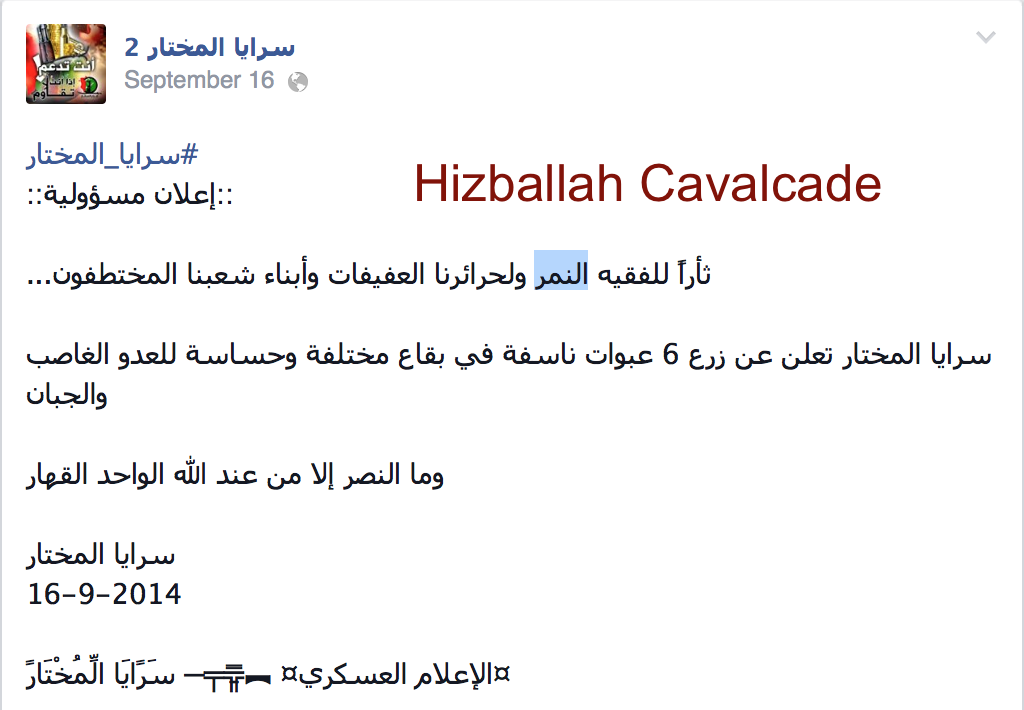
Figure 5: Saraya al-Mukhtar’s September 16 claim to have planted 6 bombs.
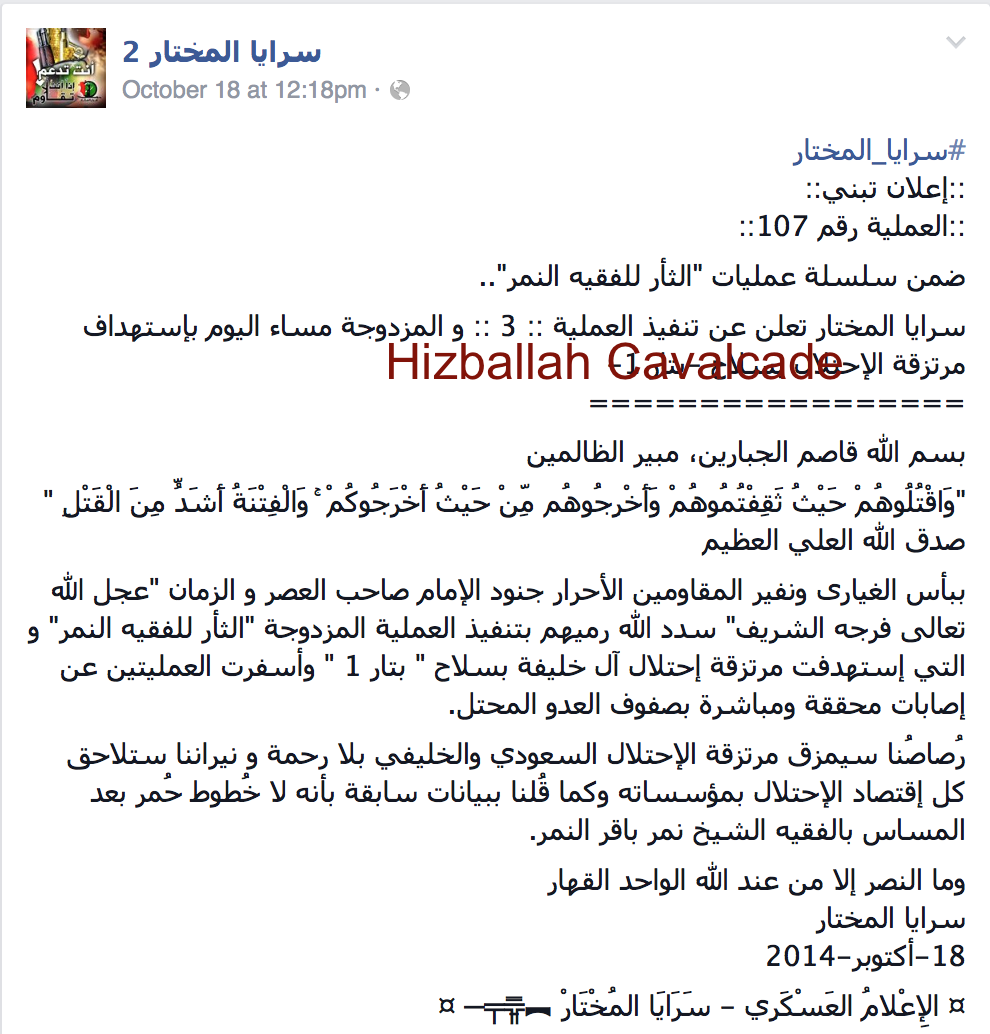
Figure 6: Saraya al-Mukhtar’s claim of 2 attacks on October 18, 2014.
Then on October 9, SaM claimed to conduct an attack in the town of Karana, Bahrain utilizing an improvised firearm. SaM’s claim of responsibility stated they attacked, “herds of mercenaries” (shorthand for Bahraini police and other security entities). On October 15, SaM claimed to have launched attacks in Sanabis and Aker, Bahrain targeting “mercenaries”. In another statement from that day, the group threatened, “The occupying mafia of al-Saud and al-Khalifa [would face]…consequences for the death sentence.” Later, on October 18, SaM claimed two attacks, referring to them as “Revenge of the Faqih [an expert in Islamic jurisprudence] Nimr.” SaM’s statement declared that it had injured “ranks of the enemy occupier.”
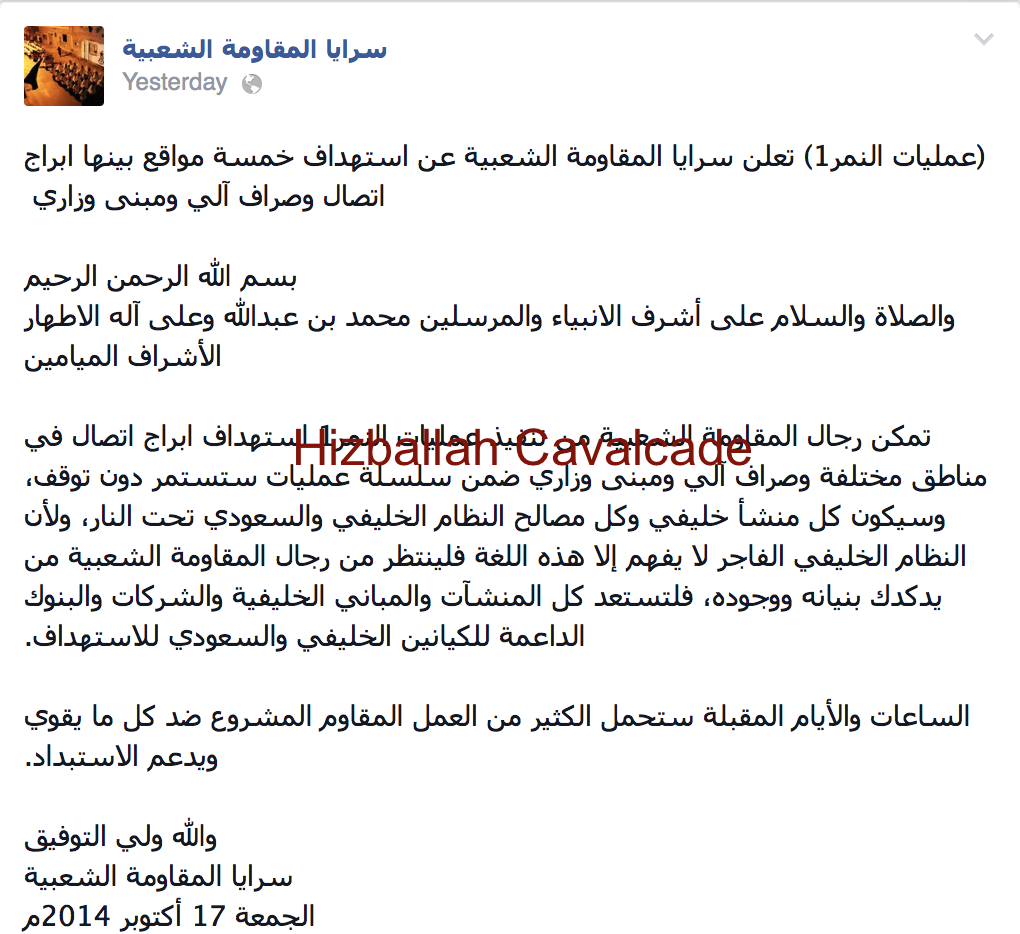
Figure 7: SMS’s claim of attack in honor of Sheikh Nimr.
Bahraini militant group, Saraya
The Clear Banner: Update on the Finnish Foreign Fighter Contingent
NOTE: For prior parts in the Clear Banner series you can view an archive of it all here.
—
Update on the Finnish Foreign Fighter Contingent
By Juha Saarinen
In early September, the Finnish Interior Ministry released its newest situation overview on violent extremism in Finland. The report included the most recent official estimates of the number of Finnish volunteers in Syria and Iraq. The contingent currently consists of:
- at least 44 individuals (although this was increased to 45 in mid-October), of whom 36 are men and 8 are women
- 31 individuals with Finnish citizenship
- 17 different ethnic backgrounds
- individuals mainly from the larger cities in Western [e.g. Turku and Tampere] and Southern Finland Provinces [e.g. Greater Helsinki Region]
Elsewhere, it has also been revealed that…
- However, less than ten Finland-originated individuals in Syria are minors. At least one Finnish child has been born in the conflict zone, and one Finnish citizen in Syria is pregnant.
The estimation is based on individuals who have been identified by the FSIS. However, the overall number is likely higher, as not all individuals who have travelled from Finland to Syria and Iraq have come to the authorities’ attention. According to Helsingin Sanomat (HS), a Finnish newspaper, there may be as many as 55 individuals in the conflict zone, and some – particularly those of the jihadist persuasion – have taken their families with them. According to the Foreign Ministry, there are several Finnish children in IS-controlled areas. Additionally, at least one Finnish female jihadist has given birth in Syria, while another one is currently pregnant.
It is not clear how many of the 44-55+ individuals qualify as foreign fighters – i.e. individuals without pre-existing links to the conflict zone who are seeking to take part in an armed insurgency. The estimation includes an unknown number of humanitarian aid workers, possibly mercenaries, and members of the Syrian or Iraqi diaspora based in Finland, who may have travelled back to take part in the civil war or alleviate its impact in some capacity. However, the FSIS estimates that majority of these individuals are seeking to participate in armed conflict.
Equally, it is not clear how many volunteers or foreign fighters have either joined or support the Islamic State (or why), but according MTV3 News the FSIS believes those who have joined IS are “extremely radical”. It is likely that the majority of Finnish foreign fighters have joined IS – particularly among those who have travelled to Syria after summer 2013. Other groups that Finnish foreign fighters have joined are Jabhat al-Nusra and Kataib al-Muhajireen (before they became Jaish al-Muhajireen wal-Ansar).
Some Finland-originated individuals who do not qualify as foreign fighters, e.g. women who either have accompanied their husbands or travelled to the conflict zone in an individual capacity, clearly support the IS. Out of the four women I have identified (out of eight), all identify strongly with the IS, although their connection to and any possible role within IS remain unclear.
The FSIS has recently estimated that there are around 20 individuals who have returned, although they offered no information regarding their role or affiliation in the conflict zone. The recent FSIS revelation came in the aftermath of Finnish authorities arresting and detaining four returnees (one in absentia) in early October under Chapter 34a (Terrorist offences) of the Finnish Criminal Code. They had allegedly joined and fought with the Islamic State.
Initially the four individuals were suspected by the Finnish National Bureau of Investigation for murder with terrorist intent in addition to other terrorism-related crimes. According to NBI chief investigator Mika Airaksinen, these charges were not connected to a specific homicide but rather connected to participating in the armed operations of a terrorist organization. However, the three individuals are currently detained only on suspicion of preparation of an offence to be committed with terrorist intent and provision of training for the commission of a terrorist offence, recruitment for the commission of a terrorist offence, and preparation of an offence to be committed with terrorist intent, respectively. The fourth individual, who was detained in absentia, is still suspected of committing murder with terrorist intent.
In terms of casualties, at least three Finnish casualties have been reported. These are “Marwan” (died June 2013), “Abu Anas al-Finlandi” (died February 2014) and “Muhammad” (died June 2014). However, according to HS, there may be as many as many as five or six Finnish fatalities.
This leaves around 20-30 Finnish individuals in the conflict zone, majority of whom are likely foreign fighters affiliated with the Islamic State. It is highly likely that these individuals mainly reside and operate in Syria, although two Islamic State-affiliated Finnish jihadist foreign fighters claim to have travelled to Iraq. This information, however, cannot be independently verified at this point.
Hizballah Cavalcade: Ansar Allah al-Awfiyya: One of Many New Khomeinist Militias in Iraq
NOTE: For prior parts in the Hizballah Cavalcade series you can view an archive of it all here.
–
Ansar Allah al-Awfiyya: One of Many New Khomeinist Militias in Iraq
By Phillip Smyth

Figure 1: AAA’s logo. The symbol features the fist-gripping-a-Kalashnikov symbol, which is nearly ubiquitous among Iranian proxy groups.
On August 10, 2014, Ansar Allah al-Awfiyya (The Loyal Partisans of God or AAA), a Shia jihadi militia, announced its existence via Facebook and cast itself as a militia whose purpose is to assist in fighting Sunni Jihadi groups such as the Islamic State (IS, also known as ISIS or the Islamic State of Iraq and al-Sham) and the “Ba’athists” (likely a reference to the Naqshbandi Army or JRTN). Two weeks following its declarations of existence, the group had already reported its first losses.
The group has cast itself as supportive of the Iranian Supreme Leader and attempts to appeal to Iraq’s large Sadrist Movement (Al-Tayyar al-Sadri) by incorporating images of the late Ayatollah Muhammad Muhammad Sadiq Sadr.
Proxy Overlap

Figure 2: A “martyrdom” poster released for a Liwa al-Hamad militant killed in Syria. The poster was circulated by and featured the logo of KSAI’s media wing.
While new and relatively unheard of, AAA did not emerge from a void. As with other Iranian proxies, the group has listed itself as one of the many groups belonging to “al-Muqawama al-Islamiyyah fi al-Iraq” (“The Islamic Resistance in Iraq”). Yet, its “Muqawama” credentials are simply one piece to a larger interconnected Iranian proxy network.
Shaykh Haydar al-Gharawi, Secretary General of Kayan al-Sadiq w al-‘Atta fi al-Iraq (KSAI or The Group of Honesty and Caring in Iraq) announced AAA as a militia associated with his small Maysan Province based party. LSAI has been politically active since 2012 and has had members serve on Maysan’s provincial council. In June, one LSAI leader on Maysan’s provincial council declared the province would allocate billions of Iraqi dinars to assist with training for volunteer fighters.1
KSAI has also promoted its association with Akram Kaabi, the Secretary General of Liwa al-Hamad’s parent group, Harakat Hizballah al-Nujaba. Since HHN has sub-militia groups, such as Liwa Ammar Ibn Yasir and Liwa al-Imam al-Hasan al-Mujtaba, it appears that KSAI has the most extensive links with HHN’s Liwa al-Hamad. These associations were exposed via Facebook posts earlier in 2014 via the posting of “martyrdom” notices from the group about a member killed fighting as part of Liwa al-Hamad. Additionally, the same style of graphics used for Liwa al-Hamad’s online posts are replicated. Further demonstrating the deep links between Liwa al-Hamad and AAA, Liwa al-Hamad’s official Facebook pages have even adopted the logo of AAA.
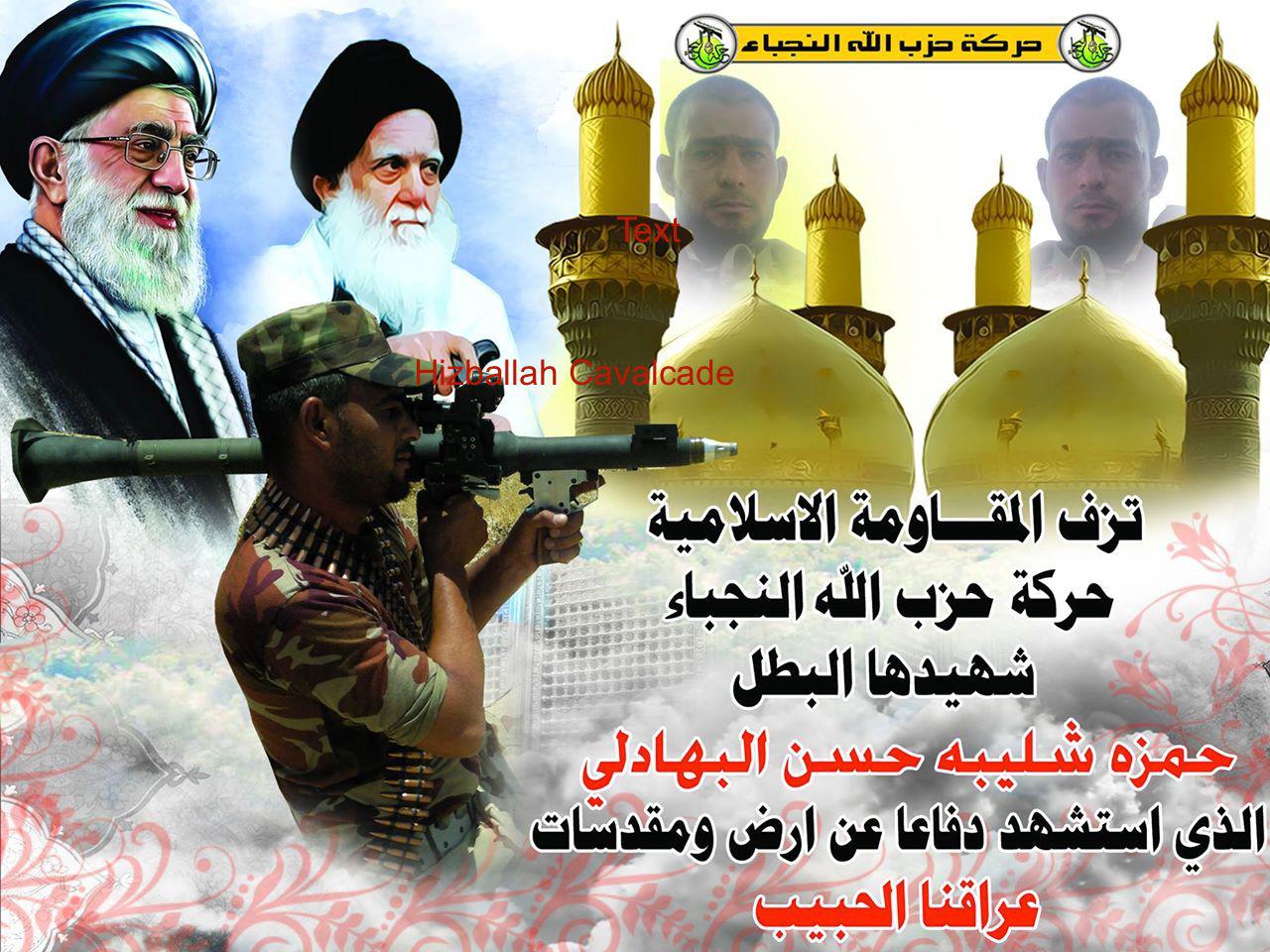
Figure 3: A “martyrdom” poster for a HHN member. The image is the same model used by AAA.

Figure 4: A “martyrdom” poster for Liwa al-Hamad. This model is the same as AAA’s “martyrdom” imagery.
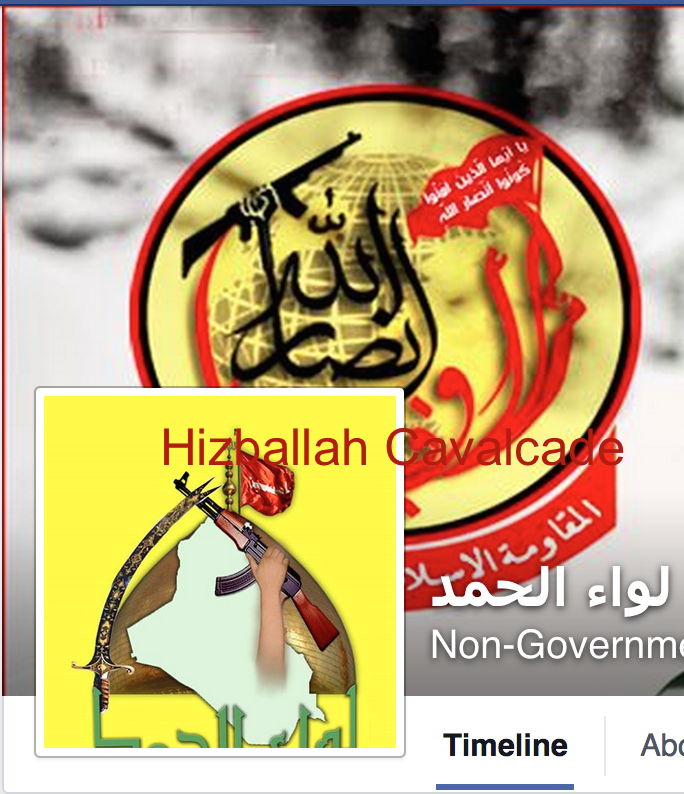
Figure 5: Liwa al-Hamad’s official Facebook page has also adopted the AAA logo.
Ansar Allah al-Awfiyya has also claimed it is affiliated with Harakat Ansar Allah al-Awfiyya, (The Movement for the Loyal Partisans of God). It is unknown whether the group is attempting to market itself as a separate or unified movement with LSAI, or simply using the term “Harakat” (“Movement”) to appear larger and/or more developed. Nevertheless, the creation of multiple interlinked groups utilizing commanders who were members of other established organizations is a common strategy within the realm of Iran proxy militias.2
Ansar Allah al-Awfiyya Joins the Battle
AAA has not yet announced the areas of Iraq in which their armed forces are operating. However, other details have emerged. Shaykh Haydar al-Gharawi, the Secretary General of KSAI has now been simultaneously described as AAA’s Secretary General. From released images, the group appears to follow the same types of tactics utilized by other groups when they have gone about asserting their presence in the arena of Iraqi Shia militias. The group has pressed civilian vehicles into service and declared the deaths of two members, including a commander, Muhammad Abdul Amir Ibrahim al-Assadi.
It is likely AAA is organized along the lines of other Iranian proxies, with the militia borrowing fighters from other established organizations in order to appear more powerful and established. Nevertheless, since the group already has a strong regional influence, it is possible it can count on the regional populace it represents to assist with the recruitment of new fighters.
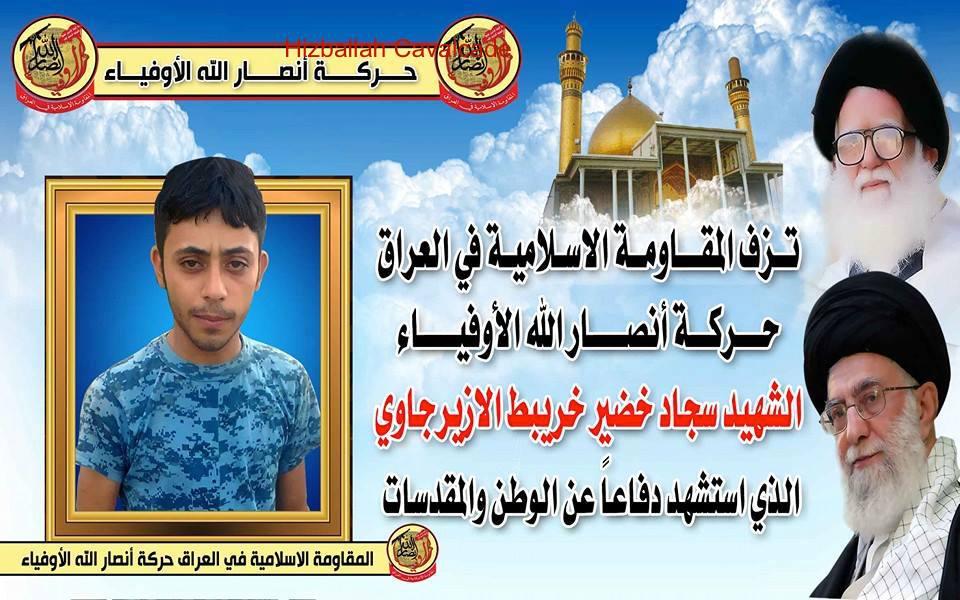
Figure 6: “Martyrdom” poster for an AAA member announced killed on August 31, 2014.
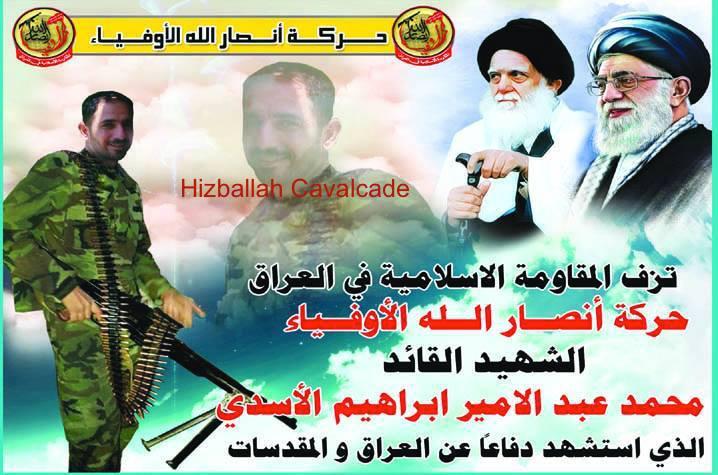
Figure 7: AAA commander Muhammad al-Assadi was declared killed while fighting in Iraq in a number of posts on August 24, 2014.
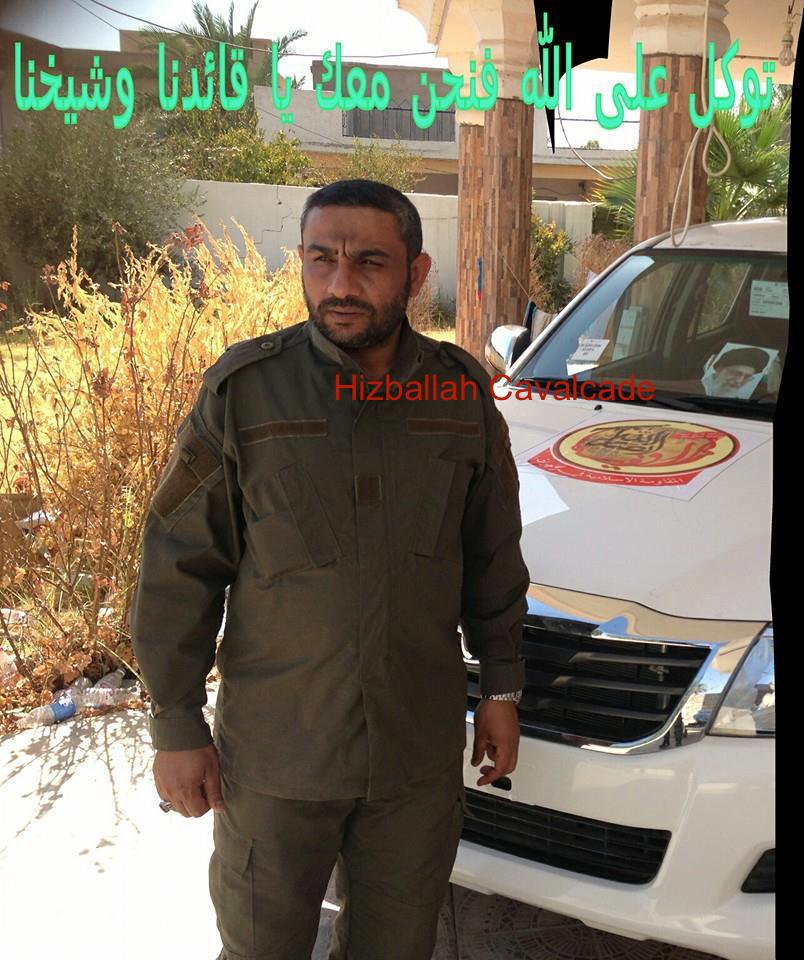
Figure 8: AAA’s secretary general, is shown in uniform posing in front of a car featuring the group’s logo and a poster of Iranian Supreme Leader Ayatollah Khamenei.
_____________
NOTES:
New statement from al-Qā’idah in the Arabian Peninsula and al-Qā’idah in the Islamic Maghrib: "Support of the Muslims Upon the NATO Crusaders and the Apostates"
Click the following link for a safe PDF copy: al-Qā’idah in the Arabian Peninsula and al-Qā’idah in the Islamic Maghrib — “Support of the Muslims Upon the NATO Crusaders and the Apostates”
__________
To inquire about a translation for this statement for a fee email: [email protected]
